 I am driving a 9V DC (5 PINS) Relay from darlington array ULQ2003.
The ULQ2003 COM pin is connected to 9V power supply while the Relay coil is connected to +12V supply. The Ground of both are connected together.
I am driving a 9V DC (5 PINS) Relay from darlington array ULQ2003.
The ULQ2003 COM pin is connected to 9V power supply while the Relay coil is connected to +12V supply. The Ground of both are connected together.
When 'OUT1' is at LOW then the Relay is operated and its 'NO' contact is connected with the 'C' pin.
When 'OUT1' is open-circuit (floating) the Relay remains latched and its 'NO' contact remain connected with 'C' pin. If I check voltage at 'AB' points then I get positive voltage there.
V(AB) = 2.3V --> that is VA is 2.3V higher than VB.
My understanding is that after the Relay power is turned-off then a reverse polarity voltage will appear across its coil, and for that we put a reverse diode in parallel with the Relay coil.
I cannot understand why the Relay is not able to de-energize completely when its circuit is break?
